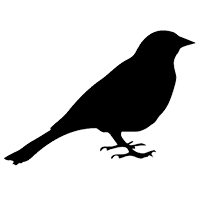Effects of neutron exposure on the embryonic development of European sea bass (Dicentrarchus labrax), a candidate fish species for space aquaculture: simulated conditions on the ISS and during a lunar mission
One of the scenarios for manned space exploration involves the presence of a community on a lunar base that is partially autonomous in terms of food production. Space aquaculture could represent a source of nutrient-rich food to supplement

One of the scenarios for manned space exploration involves the presence of a community on a lunar base that is partially autonomous in terms of food production. Space aquaculture could represent a source of nutrient-rich food to supplement the supply of photosynthetic organisms. To assess the feasibility of safely transporting aquaculture fish embryos to the Moon, the impact of secondary particles produced by cosmic radiation within the space vehicle cabin on fish embryogenesis and DNA damage was evaluated. Among these secondary particles this study focuses on neutron which is one the most hazardous radiation for living organisms. Using a particle accelerator, European sea bass (Dicentrarchus labrax) eggs were irradiated with neutrons at two dose rates, representative of International Space Station (ISS) and lunar missions.
The mean absorbed dose rates in fish eggs were 16.7 μGy h -1 (total dose of 0.57 mGy) and 585 μGy h -1 (total dose of 12 mGy) for the ISS and lunar mission simulations, respectively. Hatching rate, histology and DNA integrity (assessed by alkaline comet assay) of fish larvae were evaluated for both neutron dose rates. Genotoxicity results showed DNA alterations in newly hatched larvae after 48 and 72 hours of exposure. However, no modifications in hatching rate or histological structure of the exposed larvae were observed at either dose rate. Although further long-term studies are needed to verify their potential for "off-Earth food production," these results complement previous experiments and confirm the hatchability of an aquaculture species under neutron exposure conditions of an ISS or lunar mission. Despite further long-term studies are needed to verify their potential for "off-Earth food production," these results complement previous experiments and confirm the hatchability of an aquaculture species under neutron exposure conditions of an ISS or lunar mission.
Read the full article at the original website
References:
